Businesses caught up in a flurry of spreadsheets, experiencing asset issues, encountering severe financial pitfalls, and assuming significant risks may be looking for a new way to track their IT assets. They typically encounter two options: Configuration Management (CM) databases (CMDB) or IT Asset Management (ITAM) programs. Each of these systems are marketed similarly, resulting in serious confusion for the professionals in charge of selection. Fortunately, this guide will help you clear up the differences between CMDB and ITAM platforms and choose the one that is right for you.
Table of Contents
What Is CMDB-Configuration Management?
A Configuration Management Database (CMDB) is a single source of truth for all configuration items (CI) information. Configuration items are articles that provide services, such as a server. CMDB tracks their technical details.
CMDB ensures businesses receive accurate information about their CIs. In turn. they can adequately control those essential assets. Users can view each CI, monitor the CI lifecycle, and oversee CI configurations. Accordingly, they can identify potential problems, document changes, resolve issues, improve compliance, and make better decisions. They can also use CMDB to better implement change management and other confirmation processes in their companies or departments.
What Is ITAM – IT Asset Management?
IT Asset Management (ITAM) sounds similar to CMDB, but has subtle differences. While CMDB is a database, ITAM refers to an entire methodology. A business must set forth its policies, practices, and processes to optimize its IT asset management, business operations, cyber security, compliance, and financial integrity. ITAM tools are just one part of the approach, allowing for accurate and reliable logging and tracking of asset information.
ITAM tools provide a single source of truth for information related to IT Assets. IT Assets are any “tangible” IT item that has value or provides value. CIs can be assets, but they can also be other types of things. So, CMDB does not necessarily manage all the IT assets.
ITAM’s primary goal is to improve the financial aspects of IT assets and help businesses make better financial decisions about these assets. However, it is also a comprehensive system allowing users to catch and solve potential problems, increase security, improve compliance, enhance business operations, and reduce risks. Users can log critical information about each asset, monitor the life cycle, and track changes or updates.
Should You Choose CMDB or ITAM?
Many businesses need to decide whether they should choose CMDB or ITAM or dispose of their CMDB and transfer to ITAM. Primary decisions should be based on what you need to track, what information you need, and to who the data is being given to. CMDB is geared towards business services. It is most helpful for departments and individuals interested in operations and services. Generated reports provide reliable data about CIs so parties can make excellent decisions.
On the other hand, ITAM tools can be useful for multiple departments and individuals, including the IT department, business management, operations specialists, financial analysts, customer satisfaction, and key stakeholders and investors. It tracks parameters that can assist all these parties in making essential decisions and strategic moves. Likewise, some ITAM tools have customized reporting options allowing users to generate reports only with relevant information for the request at hand.
That said, most businesses have both IT assets and CIs. As such, the question should not be whether they should choose a CMDB or an ITAM. Most firms can benefit from
both. Since this is the case, the question should be whether they can run both systems alongside each other smoothly.
Fortunately, CMDB and ITAM share the same basic infrastructure in that they both want to manage items. However, they both have different goals and accomplish their goals differently. Accordingly, individuals need to consider their own goals and values when selecting CMDB and ITAM. Let’s take a look at some of the most critical factors:
- Simplicity: If one of the objectives is to increase governance or management, systems need to be simple and intuitive. They cannot be complex to navigate, use, or understand. If possible, opt for a free trial or free software to ensure it matches your usability needs.
- Integration: CMDB and ITAM can inform each other on several things, however, they must be able to integrate in order to do so correctly. If they can integrate, businesses can avoid duplicate information and inaccurate data. Pay close attention to potential feature overlap and interference when selecting two systems.
- ITAM Focus: Some advanced ITAM tools can perform many of the functions that CMDB tools can. As such, it may be worthwhile for businesses to place their focus on choosing an ITAM platform that suits their needs.
- Coverage: Developers do not create all CMDB and ITAM with the same features. Ensure that each tool logs and tracks the right factors, a development team continuously works to improve or upgrade the software, and there are customizable options for unique needs.
- Support: When combining two types of software, you must have sufficient customer support. In this way, if you encounter any problems with integration, an expert can help resolve the issue.
Final Verdict: CMDB vs. ITAM
While it is a popular question to ask whether CMDB or ITAM will suit your business needs better, the request assumes they accomplish the same goals. However, both systems have different tasks. CMDB tracks CIs, aiming to monitor CIs and configurations over time. ITAM tracks IT assets, looking to manage these assets and their costs. Ultimately, both are critical toward ideal business operations and management decisions. The systems can work together and support these business objectives. Naturally, businesses must select both platforms with care. If they succeed, they can use each tool easily and take advantage of reliable information.
This Ebook provides a comprehensive overview of IT Asset Management, its benefits, and common challenges faced by organizations. We will also explore how to implement IT Asset Management using Jira, a popular project management tool, and best practices for managing IT assets.


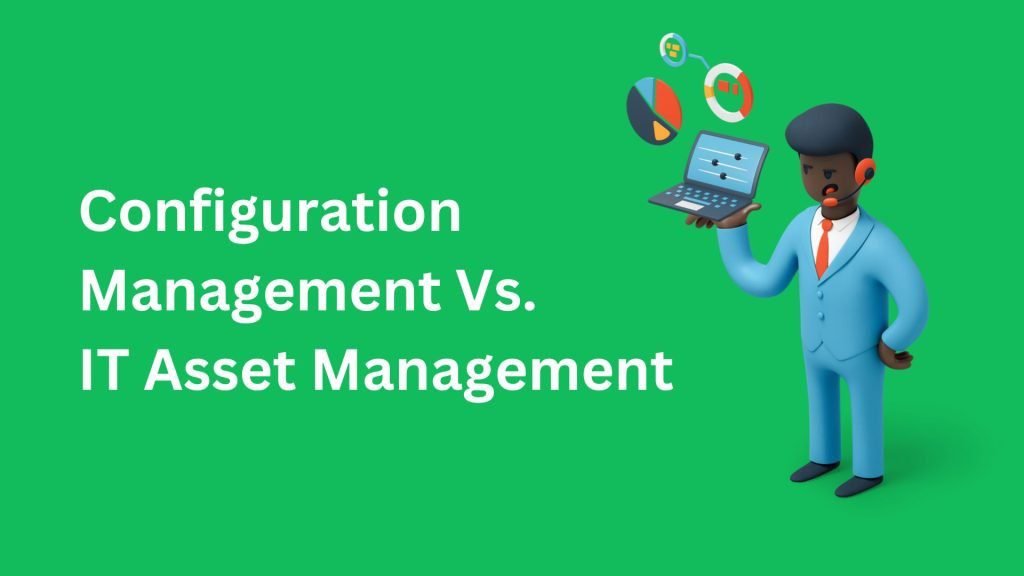

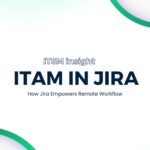
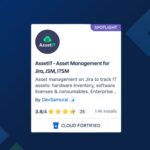
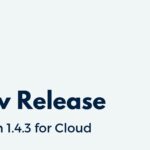
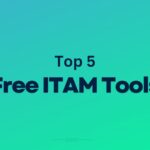



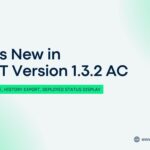

Recent Comments